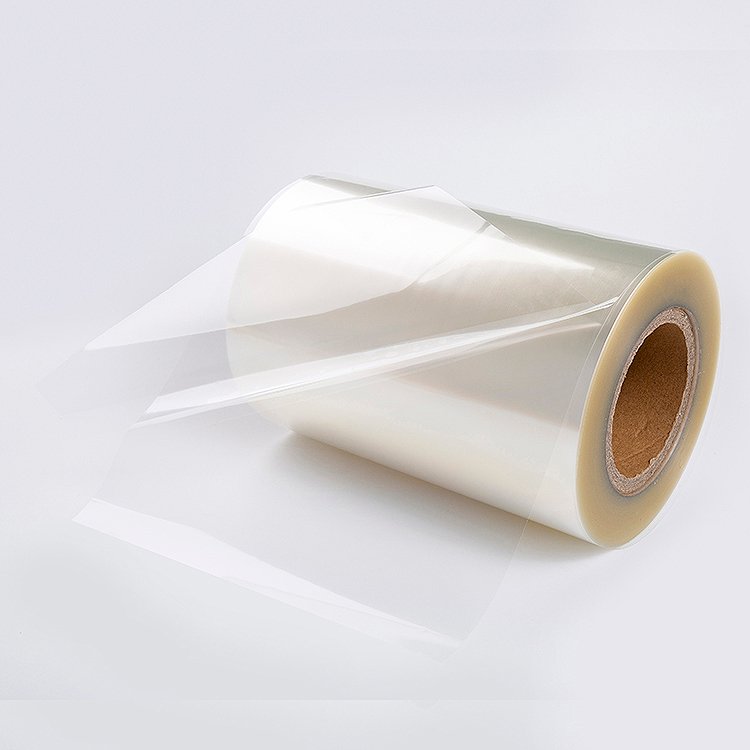Views: 0
Release films often encounter the following common issues:
- Reverse peeling: The material that should peel off does not.
- When peeling the tape from the release film, some tape sections stick and produce a "popping" sound.
- After die-cutting and storage for some time, the tape cannot be peeled from the release film.
- Static electricity generated during unwinding and rewinding attracts dust.
- The release film surface feels oily, and the release coating seems prone to detaching.

To address these issues, the following solutions are proposed:
- Peeling with noise: This is typically caused by excessive release force or uneven coating.
- Static electricity: Beyond physical methods, chemical treatments provide longer-lasting solutions. High-end die-cutting facilities for optoelectronic applications often have cleanrooms and static elimination equipment, minimizing this issue. For stricter requirements, antistatic-coated release films can be used.
- Oily surface: The oily feel is due to the release agent system. Not all oily surfaces are problematic; some oily release films have uniform coating and better residual adhesion rates. However, poor adhesion can cause silicone oil to detach easily. This can be evaluated through testing.
- Inability to peel after lamination: This is usually due to uneven coating. Severe coating omissions can result in areas with no release effect, preventing tape peeling. This is particularly problematic for circular blade die-cutting.
- Reverse peeling: This occurs due to mismatched release force, stemming from two main causes:
- Inconsistent quality control: Manufacturers may have lax inspections, incomplete testing equipment, or unstable production processes, leading to significant variations in release force for the same product model. This causes die-cutting facilities to use release films based on assumed release force.
- Poor weatherability: The release layer’s properties change significantly over time, affecting performance.
